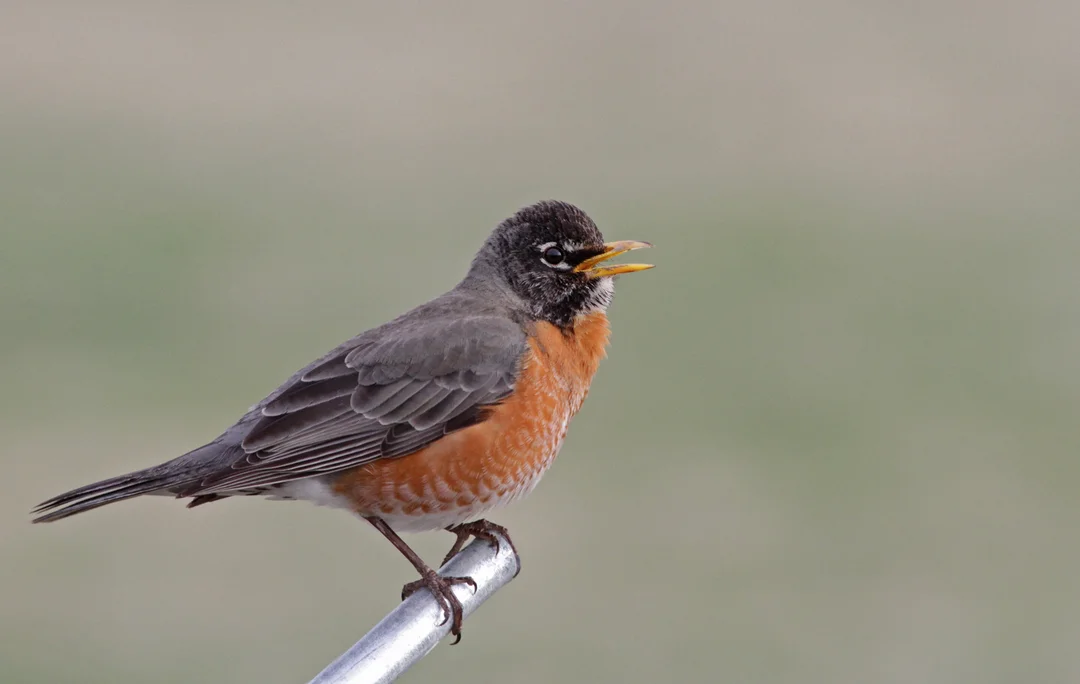
The Alarming Decline of North America’s Birds: An Ecological Crisis Unfolding
In a startling revelation, recent studies indicate that a staggering 75% of North America's bird species are experiencing significant population declines. As researchers probe deeper into the data, the implications become clear: this crisis stretches across the continent, affecting not just the avian creatures we cherish but also the ecosystems they inhabit.
According to a comprehensive analysis conducted by the Cornell Lab of Ornithology, which utilized nearly two decades of citizen science data from over 36 million sightings on the eBird platform, the results paint a grim picture. The study, led by Alison Johnston, tracked 495 bird species from 2007 to 2021 and concluded that population declines are most severe in areas where these birds were once abundant. "Locations that once provided ideal habitat and climate for these species are no longer suitable," Johnston noted, indicating a troubling trend of ecological transformation.
Researchers found that the populations of almost 83% of the studied species are shrinking most rapidly in their traditional strongholds, particularly in grasslands, drylands, and the Arctic. This phenomenon signifies a broader ecological emergency; environments that were once thriving are becoming inhospitable for many bird species. The study does not attribute the declines to a singular cause, but it does highlight factors such as habitat loss due to agriculture and urban expansion, rising temperatures, and climate change.
Amanda Rodewald, co-author of the study, emphasized the importance of localized data in responding to these shifts. "Smarter conservation starts here. It’s the small-scale information across broad geographies that is critical for conservation strategies," she said. This granular data enables conservationists to pinpoint exactly where declines are happening, potentially guiding more effective intervention strategies.

Despite the overall trend toward decline, the study offers some hopeful insights. Researchers found pockets of stability in certain regions, such as the Appalachians and western mountain ranges. These areas may serve as crucial habitats for restoration efforts, revealing that recovery is possible under the right circumstances.
Yet, this newfound hope is dampened by the fact that federal policies under previous administrations have loosened protections for migratory birds, allowing an increase in habitat-destroying activities. As noted by ecologist Amanda Rodewald, the degradation of environments poses a threat not only to birds but also to human populations who share these ecosystems. "If they’re not healthy enough for birds, they’re unlikely to be healthy enough for people, too," she warned.
As we contemplate these alarming trends, one question remains: What actions can we take to reverse the decline of our feathered friends? It’s clear that citizen science, along with targeted conservation strategies, will play a pivotal role in shaping the future of bird populations. Readers are encouraged to engage in local conservation efforts and share their thoughts on how we can collectively address this pressing issue.